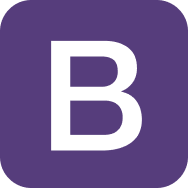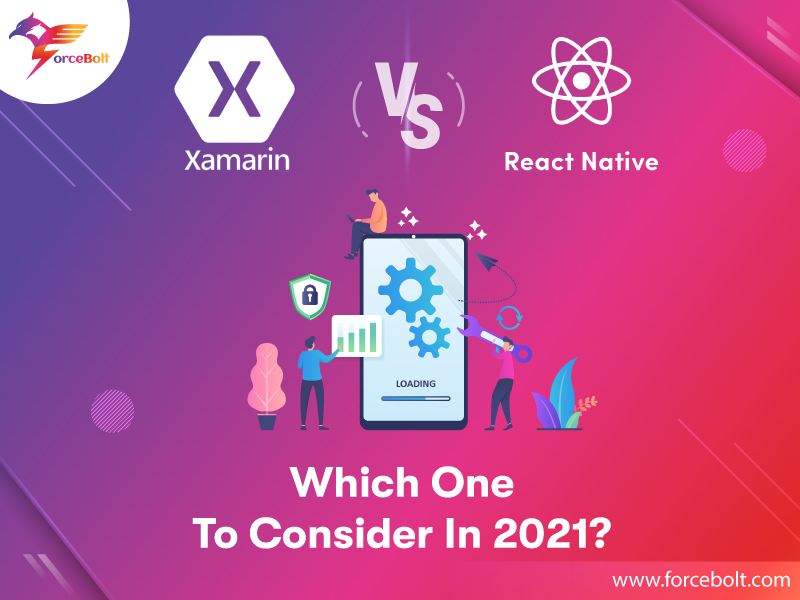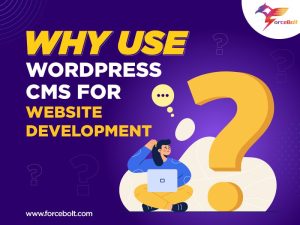React Native and Xamarin are two excellent development platforms for the mobile app development business today. These technologies are regarded as the best cross-platform frameworks for mobile app development because they enable organizations to create the same software for many OS systems simultaneously. However, most full stack development agencies are confused about which of the two is the best. Some are better suited to Android app developers, while others are more popular with iOS app developers.
In this blog, we’ll walk you through the advantages and differences between React Native and Xamarin. Examine this comparison to see which platform would provide your company with a competitive advantage. A quick comparison of the two frameworks will give you an idea of which would be an ideal option for you.
Introduction To Xamarin And React Native
React Native ,developed and launched by Facebook in March 2015, allows you to create high-performance iOS and Android apps. However, because the technology necessitates coding in JavaScript and React, your developer must be well-versed in both languages.
Xamarin, on the other hand, is a popular mobile app development framework created by Microsoft. Because it is open-source, Xamarin development may develop apps for Windows, iOS, and Android.
Xamarin VS. React Native – Which One Is Best?
Performance
Based on the performance, React Native falls behind Xamarin because it does not support 64-bit mode on Android and performs poorly on iOS when the quickest codes are run.
React Native’s near-native performance allows developers to create ultra-fast apps. This framework will enable you to use native code in your app. Thus you can use native code for some parts of your app and React Native for the rest. Using native code will considerably improve the app’s performance and efficiency.
You can also create high-performance apps with Xamarin. It provides excellent app performance by utilizing platform-specific hardware acceleration. In addition, Xamarin, like React Native, provides a near-native experience.
User Experience
In terms of user experience, both Xamarin and React Native provide a nearly identical experience. While React Native is recognized for having a sizeable ReactJS library with plenty of UI components to speed up development, Xamarin allows developers to design UIs using either Xamarin.Forms or Xamarin.Android/iOS. It will enable you to take advantage of common platform-specific codes as well as code-sharing capabilities.
Development Cost
Since Xamarin is open-source, it is completely free to use. However, there is a charge for installing the Visual Studio IDE, which Xamarin relies on. In addition, you can get a professional or enterprise license if you wish to unlock specific features.
React Native, on the other hand, is open-source, which means you can utilize its libraries and other components for free. As a result, React Native app development is less expensive than Xamarin.
Scalability
With its existing tools and frameworks, Xamarin provides the best OS integration options. It also comes with a large number of widgets and a native look for your app.
On the contrary, Facebook’s UI framework React Native provides scalability through certain development efforts and familiarity in planning your React Native application structure.
Companies Using Xamarin And React Native
In 2021 and beyond, Xamarin apps will have a significant presence. BBC Good Food, FreshDirect, JustGiving, and other well-known Xamarin apps have made invasions into various areas, including healthcare, gaming, technology, and more.
On the other hand, Bloomberg, Uber Eats, Discord, and other apps are examples of React Native-based apps.
Conclusion
For any React Native app development company, react native is an ideal choice if they are developing eCommerce or social media applications like Facebook and Instagram, while Xamarin helps you speed up the development process. With both Xamarin and React Native platforms continually evolving, it’s up to you as an appreneur to base your study on your mobile app development requirements and combine it with current statistics and customer expectations. Choosing the correct framework for your digital experiences can provide you a competitive advantage.
Still, wondering which platform is suitable for your next project? Feel free to contact the ForceBolt team of experts who will assist you in providing scalable and reliable solutions for all your development needs.















Pingback: How React Native Can Reduce App Development Cost? - ForceBolt
Great